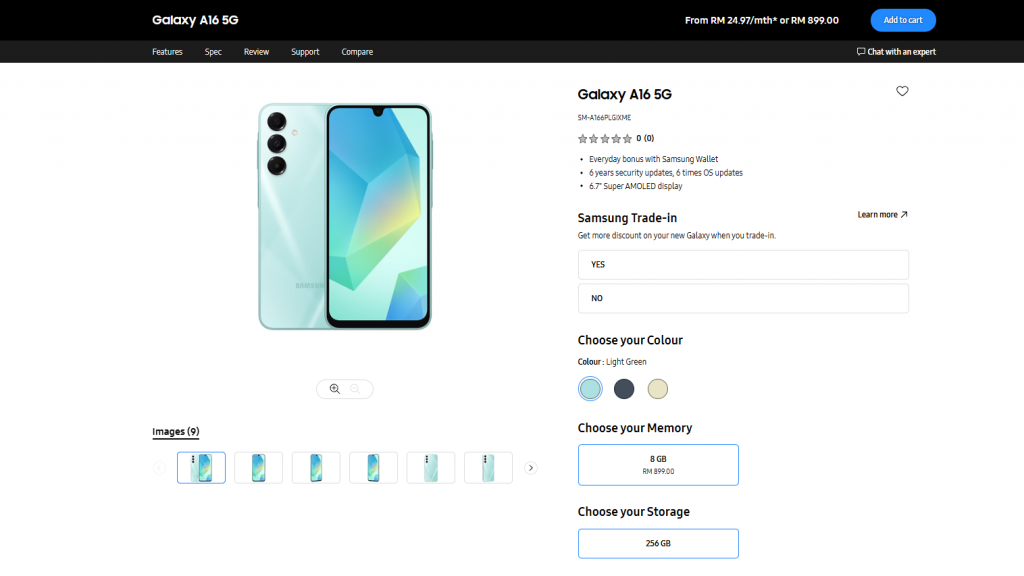Google Bard is a powerful language model that can be used to generate text, translate languages, write different kinds of creative content, and answer your questions in an informative way. However, like any tool, Bard can only be as good as the person using it. In this article, we will provide 18 tips to help you improve your Google Bard responses.
Whether you are a beginner or an experienced user, these tips can help you to improve your Google Bard responses. So, without further ado, let’s get started:
- Be specific in your prompts. The more specific you are in your prompts, the better Bard will be able to understand what you want and generate a good response. For example, instead of asking “What is the capital of France?”, ask “What is the capital of France and what is its population?”.
- Provide context. If you are asking Bard a question about a specific topic, provide some context so that it can understand your question better. For example, instead of asking “Who is the best player in the NBA?”, ask “Who is the best player in the NBA right now?”.
- Use keywords. When you are asking Bard a question, use relevant keywords so that it can find the information you need. For example, instead of asking “What is the best way to get to the airport?”, ask “How to get to JFK airport by public transportation?”.
- Break down complex questions into smaller ones. If you have a complex question, break it down into smaller, more specific questions. This will make it easier for Bard to understand your question and generate a good response.
- Use examples. If possible, provide Bard with examples of what you are looking for. This will help it to better understand your request and generate a more relevant response.
- Be clear about your tone and style. If you have a specific tone and style in mind for your response, let Bard know. For example, you can say “Write a blog post in a casual tone about the benefits of exercise”.
- Use feedback. If you are not satisfied with a response, let Bard know. You can provide feedback by clicking on the “Feedback” button and rating the response. This will help Bard to learn and improve its responses over time.
- Use the right instructions. Bard can be used to generate different types of content, such as poems, code, scripts, musical pieces, emails, letters, etc. Be sure to use the right instructions to tell Bard what type of content you want it to generate. For example, if you want Bard to write a poem, you can say “Write a poem about a cat”.
- Provide enough information. Bard needs enough information to generate a good response. If you are asking Bard a question, be sure to provide all of the relevant information. For example, if you are asking Bard to write a blog post, be sure to provide it with a topic, a target audience, and any other relevant information.
- Be patient. Bard is still under development, so it may not always generate perfect responses. Be patient with it and provide feedback so that it can learn and improve.
- Use your imagination. Bard can be used to generate creative content, such as poems, stories, scripts, and musical pieces. Don’t be afraid to use your imagination and experiment with different prompts.
- Use constraints. Sometimes, constraints can help to spark creativity. Try giving Bard specific constraints, such as a word count limit or a specific genre.
- Use humor. Bard can also be used to generate humorous content. Try asking Bard to write a joke or a funny story.
- Use feedback. If you are not satisfied with a creative response, let Bard know. You can provide feedback by clicking on the “Feedback” button and rating the response. This will help Bard to learn and improve its creative responses over time.
- Use Bard to generate ideas. Bard can be used to generate ideas for blog posts, marketing campaigns, and other professional projects. Try asking Bard to come up with a list of ideas for a new blog post or to brainstorm marketing ideas for a new product.
- Use Bard to write drafts. Bard can be used to write drafts of emails, letters, reports, and other professional documents. Start by giving Bard a brief outline of what you want to write, and then let it generate a draft for you. You can then edit the draft to your liking.
- Use Bard to translate languages. Bard can be used to translate languages. This can be helpful for communicating with clients or colleagues who speak other languages.
- Use Bard to summarize information. Bard can be used to summarize long articles or reports. This can be helpful for saving time and getting a quick overview of a topic.
In conclusion, Google Bard is a powerful tool that can be used for a variety of purposes. However, it is important to use Bard correctly in order to get the best results. By following the tips in this article, you can improve your Google Bard responses and get the most out of this amazing tool. We hop that you find this guide helpful and informative, please leave a comment below if you have any questions or any tips to share.
Filed Under: Guides
Latest togetherbe Deals
Disclosure: Some of our articles include affiliate links. If you buy something through one of these links, togetherbe may earn an affiliate commission. Learn about our Disclosure Policy.




